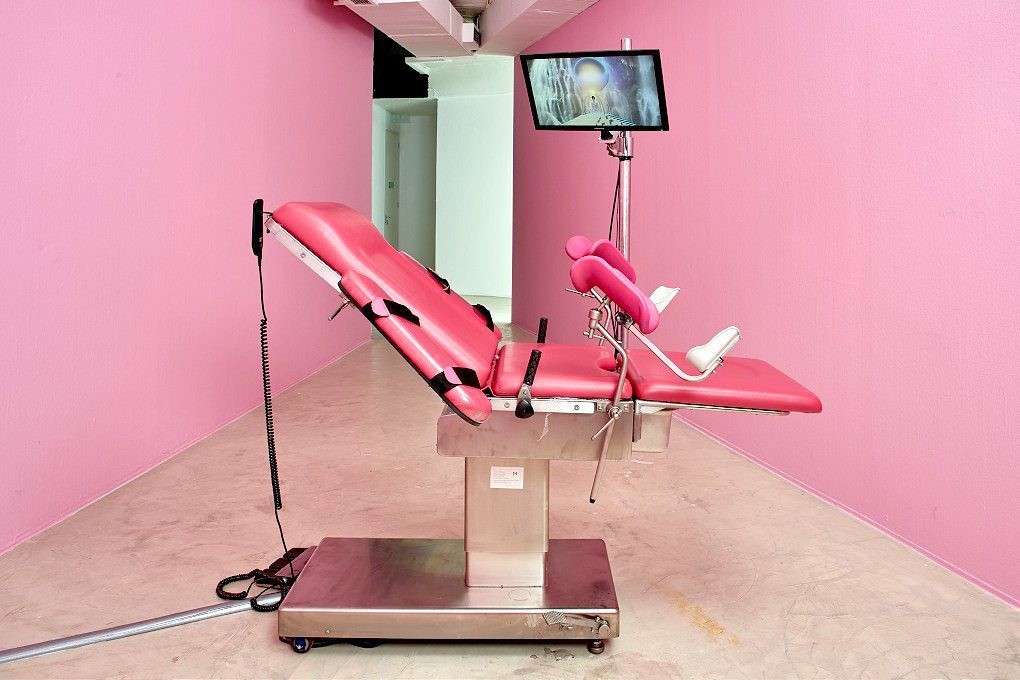Counting the years, numbering the artists
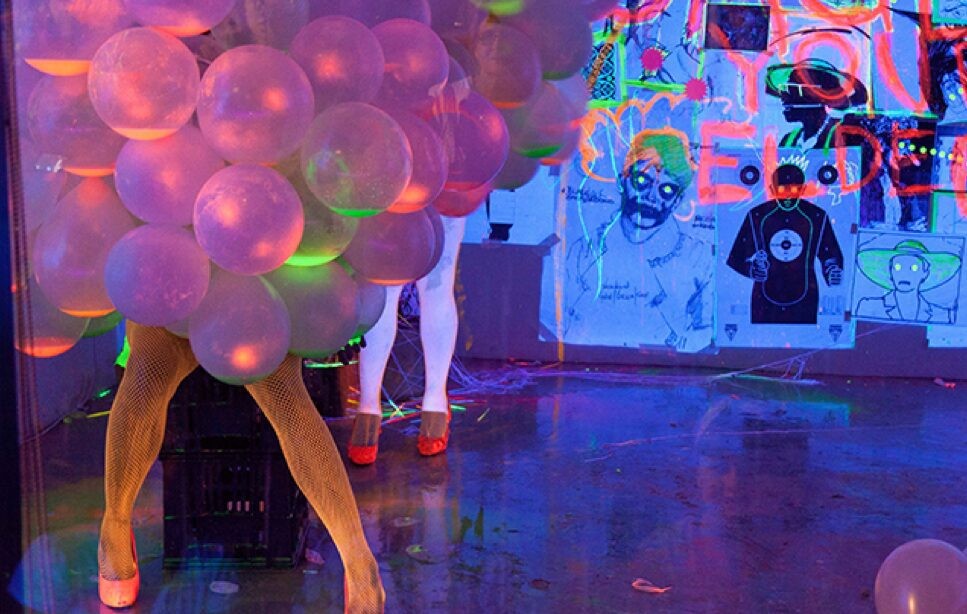
28 May 2013
Magazine C& Magazine
8 min read
A flat, sprawling, maze-like crush of aging brick buildings seemingly adrift on water, Venice offers no commanding natural rise and few elevated outlooks. Persistently horizontal, it is a flat earth of distant landmarks and irrational dead-ends. Obstinate in its pre-modern layout, it is a walker’s city; maps are indispensable. When, on rare occasions, one …
A flat, sprawling, maze-like crush of aging brick buildings seemingly adrift on water, Venice offers no commanding natural rise and few elevated outlooks. Persistently horizontal, it is a flat earth of distant landmarks and irrational dead-ends. Obstinate in its pre-modern layout, it is a walker’s city; maps are indispensable. When, on rare occasions, one rises above the terracotta roof tiles that crowd this historic archipelago, the view is underwhelming. The vista is one of Berlusconi-owned satellite dishes and television aerials.
Here’s my point: Venice is a place that you’re either hopelessly lost inside, or not. There is only proximity, the immediacy of its narrow passageways – or the outward spectacle of a sinking island-space seen from afar. For a long time, far longer than is often acknowledged, distance and exclusion marked the African experience of Venice. A key milestone in any artist’s career, this ritzy event that attracts both billionaire yacht owners and art critics with running shoes dates back to 1895. In that year Italy, looking outwards, invaded Ethiopia. While Emperor Menelik II’s military victory over Italy a year later secured Ethiopia the distinction of being the only African nation to successfully resist European colonialism, Italy’s other big nineteenth-century idea endures, more or less as it was originally conceived.
A dandyish promenading experience set in a tamed wilderness dotted with art objects, the first Venice Biennale attracted more than 200,000 visitors and included artists from 16 countries. African representation dates back as far as the 1920s, but has always been poor. The reasons are plain enough. In 1942, when a sales office was established at the biennale to enable the sale of works on show, African decolonisation had yet to begin.
In 1952 a military coup d’état overthrew the rule of Egypt’s King Farouk, heralding the start of the Egyptian republic – Ghana only signalled the dawn of sub-Saharan liberation five years later. In the same year Egypt’s monarchy was toppled, Egypt also erected a pavilion in Venice’s Napoleonic gardens, becoming the first – and to date only – African state to have a permanent structure amongst the 29 national pavilions in the Giardini.
This year, the fifty-fifth iteration of Venice’s sprawling art extravaganza, Africa is nonetheless a leading presence. Six African states – Angola, Egypt, Ivory Coast, Kenya, South Africa and Zimbabwe – will host national pavilions. Of these, Ivory Coast and Angola will be hosting a pavilion for the first time. Photographer Edson Chagas will represent the oil-rich Lusophone country that in 2007 was at the centre of a fuss when the controversial African Pavilion showcased the work of Luanda-based Congolese businessman Sindika Dokolo, whose African Collection of Contemporary Art included work acquired by German shoemaker and collector Hans Bogatzke.
South African photographer Santu Mofokeng, known for his austere but charged documentary photography, will show alongside Ai Weiwei in the German national pavilion. Adding further impetus to the African takeover of European national spaces will be the presence of the Adelaide-based South African Nobel Laureate and animal rights champion, JM Coetzee: he has been appointed as the curator of the Belgian Pavilion, which will showcase the disfigured sculptures of Flemish artist Berlinde De Bruyckere.
African creativity has also been allocated space on artistic director Massimiliano Gioni’s central group show, The Encyclopedic Palace, which sits at the geographical (and symbolic) heart of the biennale. Gioni, a director at the New Museum of Contemporary Art in New York, has invited well-known diaspora artists Steve McQueen and Lynette Yiadom Boakye, a British-born portrait painter of Ghanaian descent, onto his show. Like the presence of Dutch photographer Viviane Sassen, who grew up in Kenya, these “safe” choices are unlikely to raise eyebrows.
Gioni, whose curatorial practice is marked by his interest in historical avant-gardes and outsider artists, has also invited three senior African artists: the Senegalese modernist and champion of Négritude, Papa Ibra Tall; the figurative Ivorian draughtsmanFrédéric Bruly Bouabré; and Nigerian photographer J.D. ‘Okhai Ojeikere, celebrated for his anterior portraits and typological examinations of cosmopolitan ritual and ceremony. All well-known figures, Bouabré came to prominence after appearing onMagiciens de la terre; together with Ojeikere, his work forms part of Italian collectorJean Pigozzi’s highly publicised (and not uncontroversial) Contemporary African Art Collection.
Africa’s diverse presence at this year’s Venice Biennale happens at a time of self-actualisation on the Continent. This redefined sense of self is largely underpinned by a fragile but growing sense of material prosperity. Economists at the International Monetary Fund (IMF) recently predicted that sub-Saharan economies should grow by 6.1% next year. The World Bank is less bullish, estimating that figure at around 5%. Either way, both values are ahead of the global average of 4%. Robust economic growth is not the only reason formerly locked doors have been opened to African artists.
The visibility of African art at Venice – as elsewhere in Europe – is also the outcome of longstanding social activism and intellectual agitation. Although marred by ego-tripping and the petty accumulation of power, this campaigning – by artists, curators, writers and administrators – is central to understanding Africa’s increasing presence in Venice. In the standard narrative of contemporary African art, 2001, the year Olu Oguibe (Nigeria) and Salah Hassan (Sudan) presented their watershed exhibition Authentic/Eccentric – Conceptualism in African Art at an offsite venue, represents an important moment in the chronology of Africa’s self-actualisation in Venice. Contemporary African art, an idea born sometime in the late 1980s, had entered its young adolescence.
Of course, there is also the pre-history. In 1968, protestors occupied the Giardini, amongst other things vigorously protesting South Africa’s presence at the biennale. Like Egypt, South Africa, which is taking the work of more than a dozen artists to Venice this year, has a long history at the biennale. From 1950 to 1968 it exhibited in the so-called Sale straniere (foreign halls) attached to the central pavilion. Black artists were shown for the first time in 1966. Two years later, in 1968 – the same year that a sales ban was implemented – four tapestries from Rorke’s Drift, a rural Lutheran mission station and art school, were exhibited in South Africa’s national pavilion.
This pat gesture, which prefigured South Africa’s exclusion from the biennale until 1993, is synchronous with actions and gestures in other national pavilions displaying African art. In 1952, when Egypt started exhibiting in Venice, the emphasis was on work that evoked an “Egyptian essence” and traded in palatable pan-Arabic clichés. The Arab Spring of 2011 brought an abrupt end to the rule of Hosni Mubarak, and with it heralded a moment of possibility. In 2011, the Egyptian Pavilion staged a remarkable tribute show to Ahmed Basiony, the 32-year-old Cairo-based new media artist and musician killed by a sniper’s bullet during the 2011 revolt. This year’s selection, which spotlights mosaicist Mohamed Banawy and sculptor Khaled Zaki, hints at a disappointing reversion to formula.
The presence of African artists at Venice has always been marked by a kind of disjuncture. What should the objects from here say to people there? Whose story should they tell? What is the role of counter-narrative and dissent in a space that often looks and feels like a United Nations art Olympiad? Not dissimilar to Egypt, Zimbabwe’s presence at Venice complicates rather than answers these questions.
In 2011, against the backdrop of the Arab Spring, curatorRaphael Chikukwa oversaw the installation of Seeing Ourselves, an accomplished group exhibition featuring, amongst others, veteran sculptorTapfuma Gutsa and expressionist painterMisheck Masamvu. The show however offered nothing about the political anxiety underpinning the last decade of Robert Mugabe’s rule.
Chikukwa, a tireless and energetic personality, will reprise his role as Zimbabwe’s curator. Dudziro, the title of his group exhibition, will showcase five artists –Voti Thebe, Rashid Jogee, Virginia Chihota, Portia Zvavahera and Michele Mathison –representing different generations, genders and ethnicities. It looks to be similarly mute about Zimbabwe’s toxic politics. And yet its point of enquiry, religious faith, is central to any reasoned enquiry into the methods and practices of artists from contemporary Africa, whether self-taught or university-schooled, village dweller or urbanite.
So, a frustrating irresolution: the artworks on show in Venice will and won’t be about the places they are shipped from. Disentangling the fiction from its residual is perhaps the least perplexing part of navigating the many optimistic exercises in African self-styling at Venice. Quite simply, it is not getting lost. And drinking cheap and cheerful table wine under a summer sun. After all, to quote that famous Venetian, Othello: “Come, come; good wine is a good familiar creature if it be well used; exclaim no more against it.”
Sean O’Toole is a writer and co-editor ofCityScapes, a critical journal for urban enquiry. He lives in Cape Town, South Africa.
Read more from
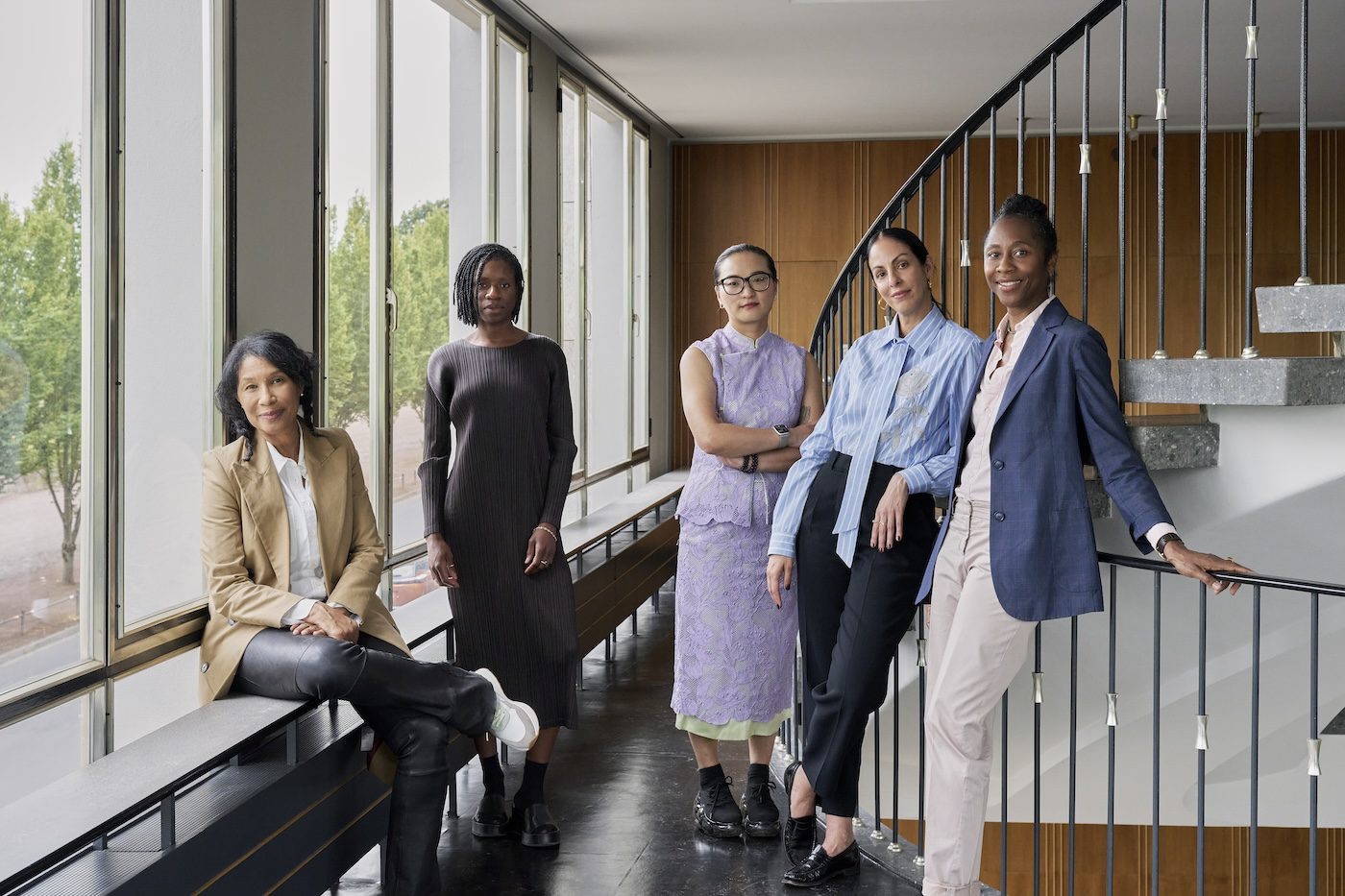
Naomi Beckwith Unveils Core Artistic Team for documenta 16
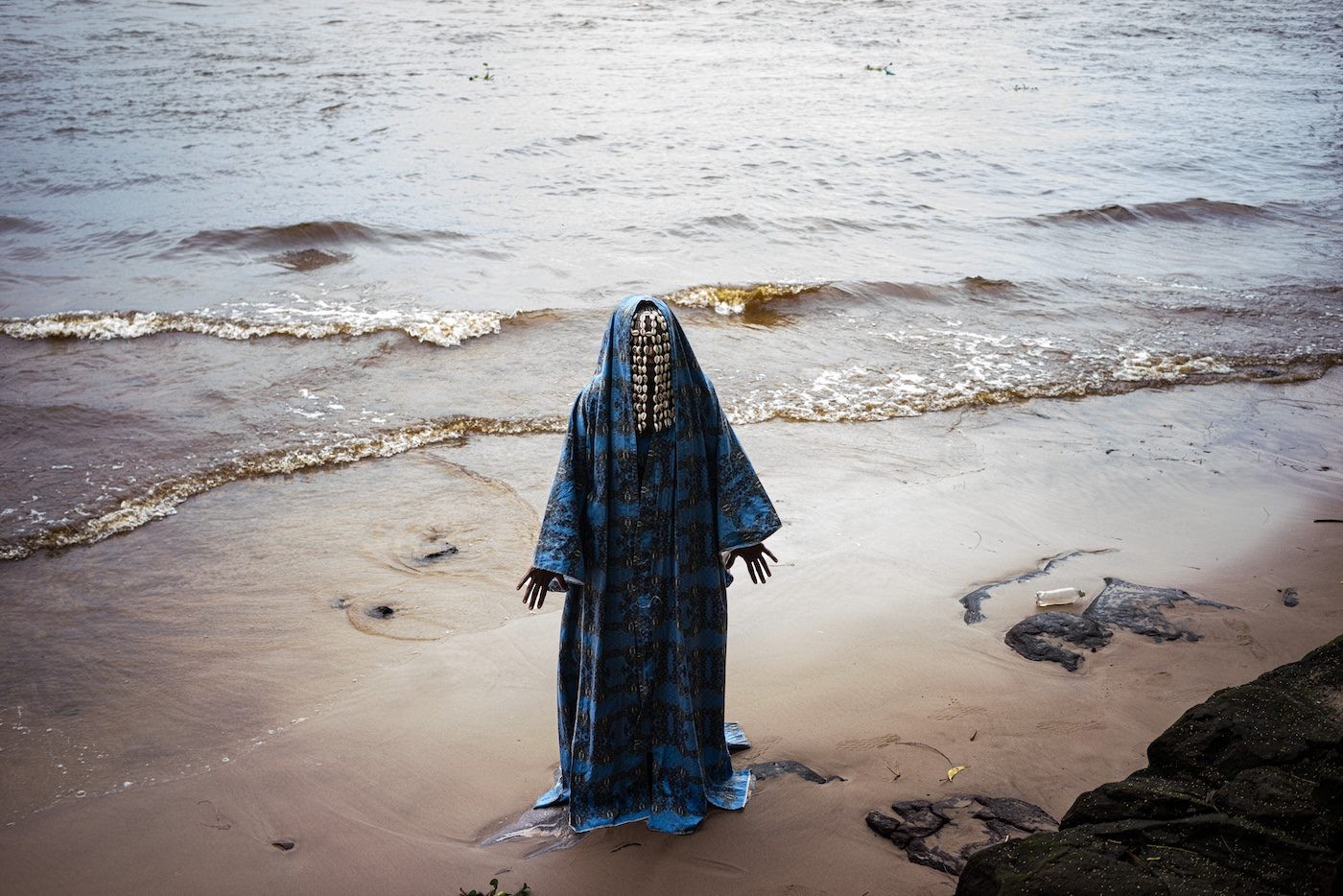
Fundação Bienal de São Paulo Announces List of Participants for its 36th Edition
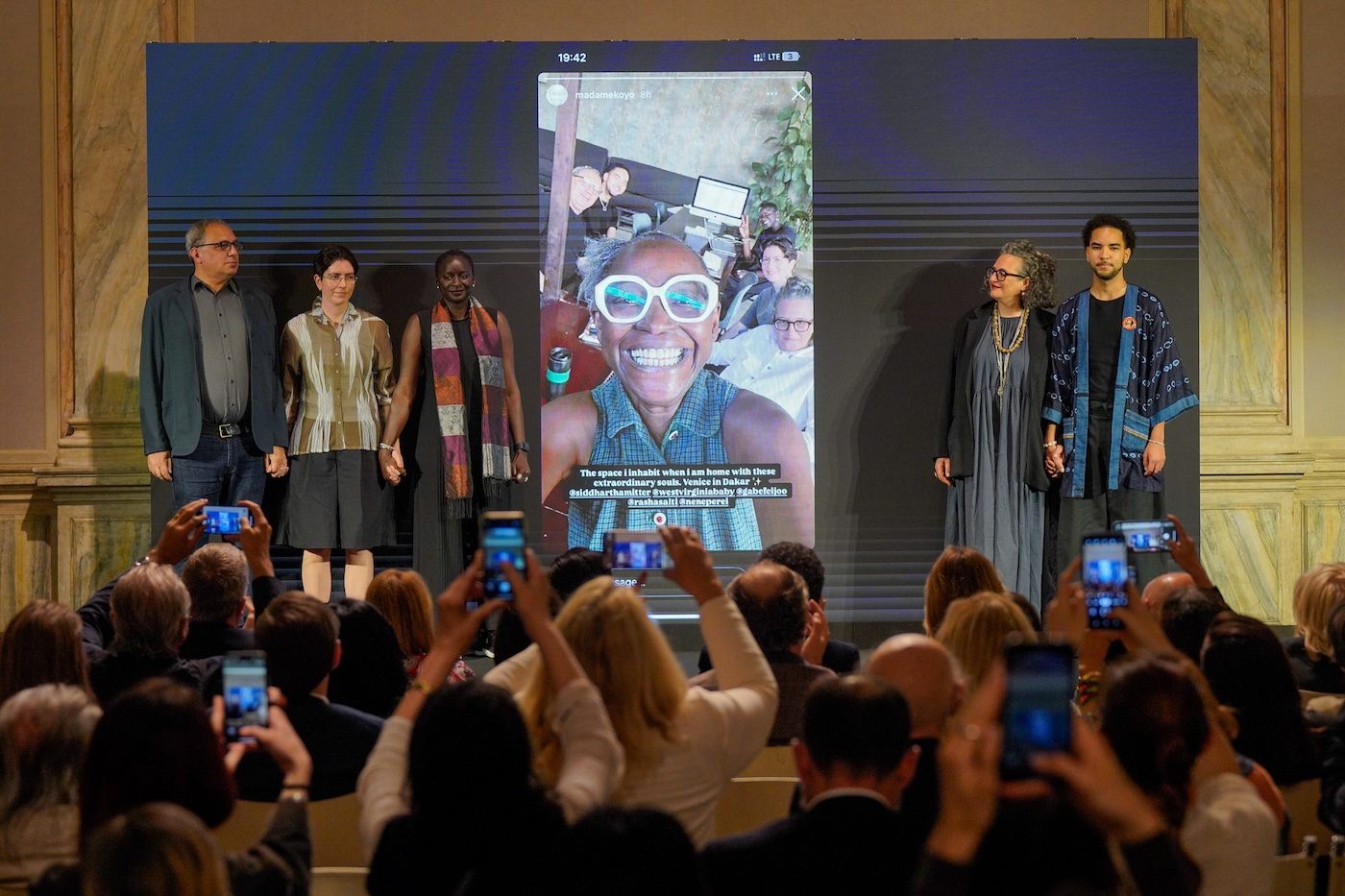
Venice Biennale 2026 Will Follow Late Koyo Kouoh's Vision
Read more from
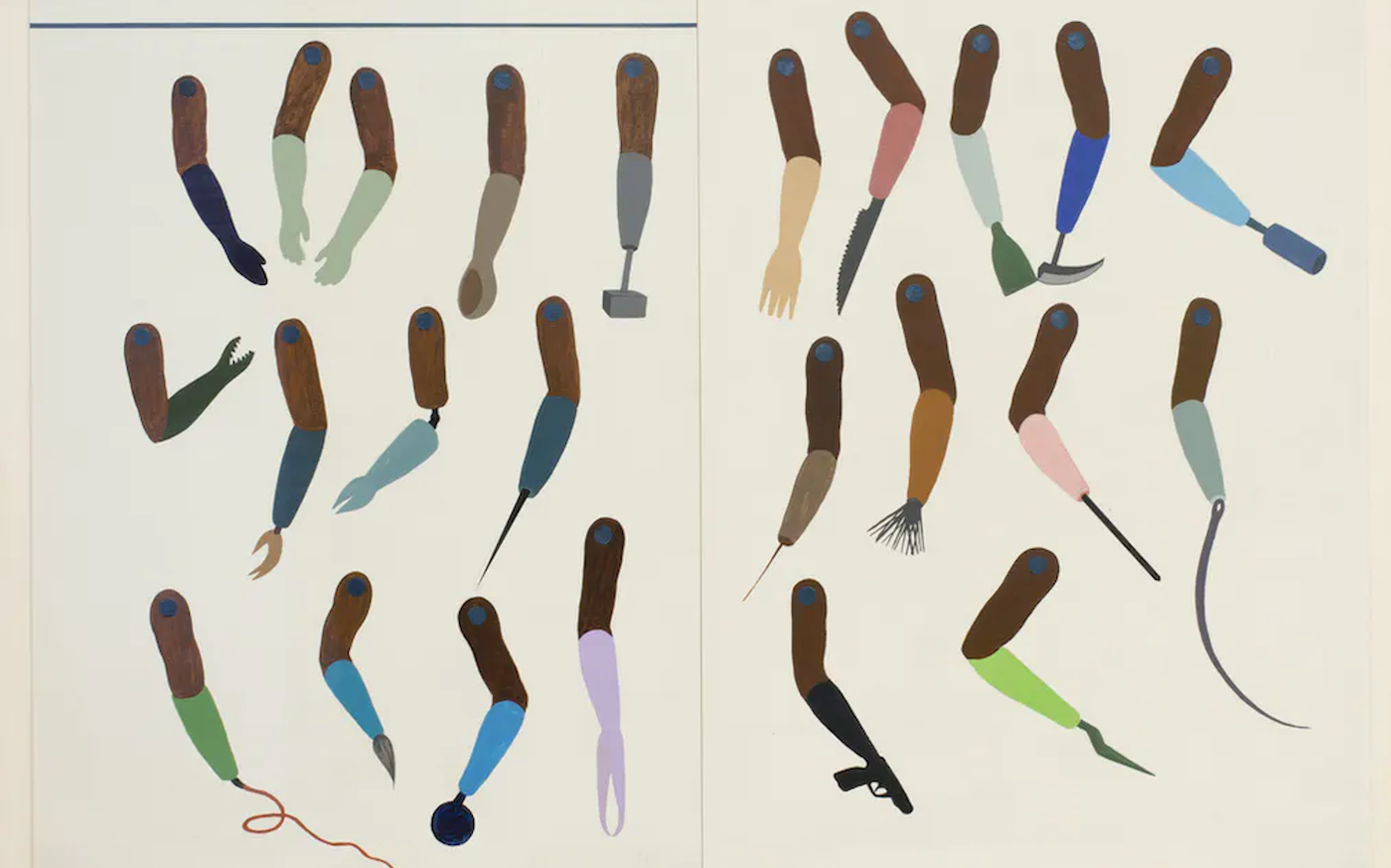
Artists Not Geographies Should Be Our Focus
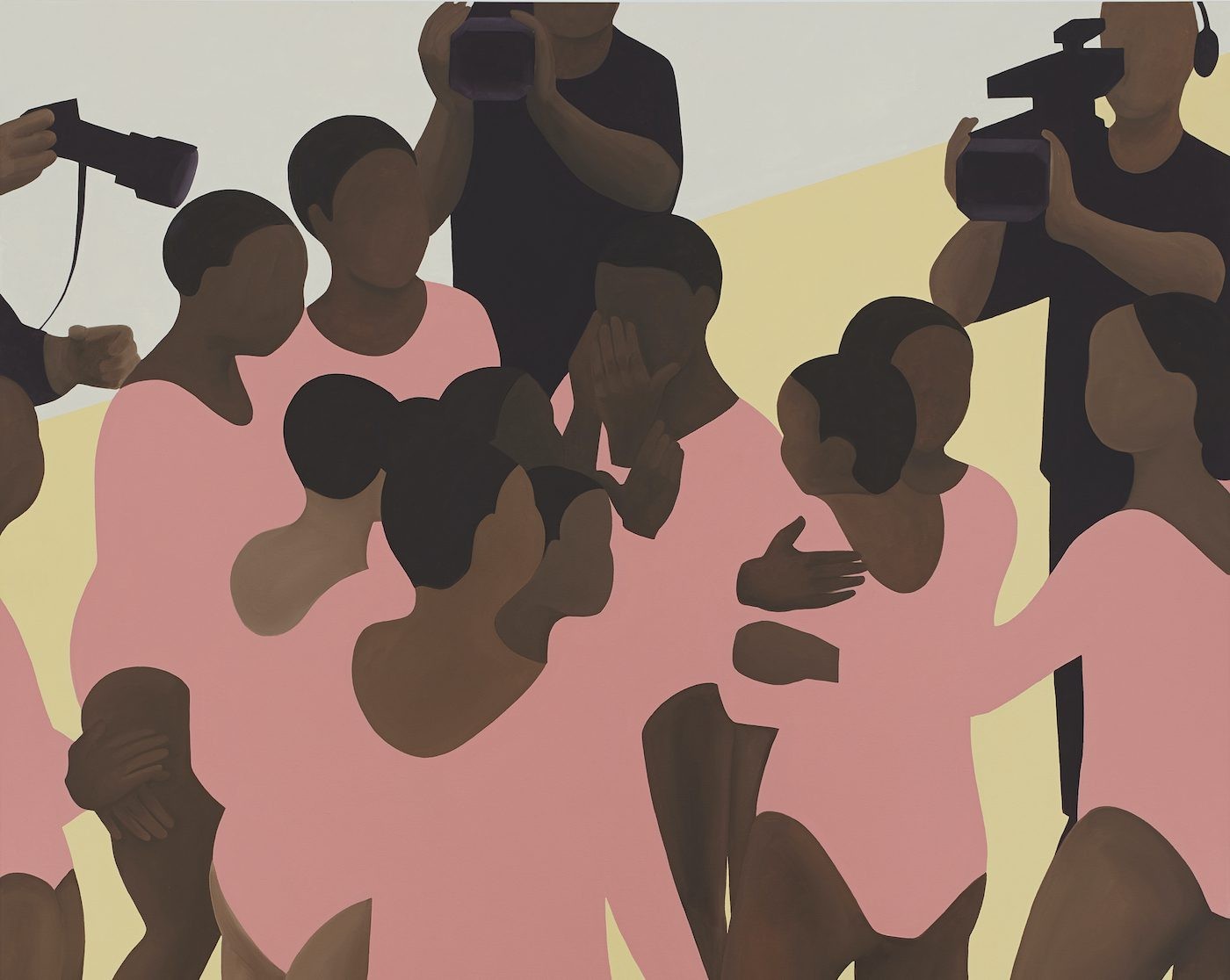
Intimacy and Exposure in an Age of Lockdown
